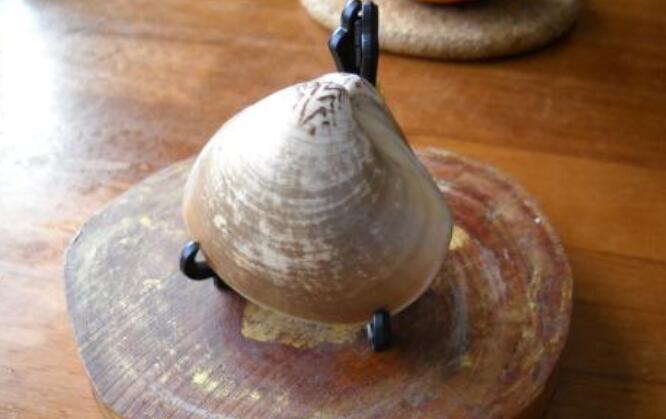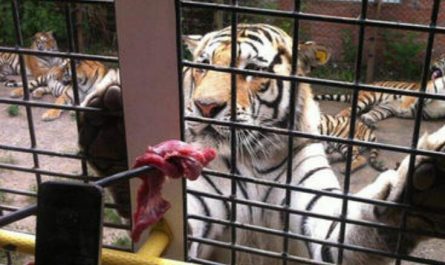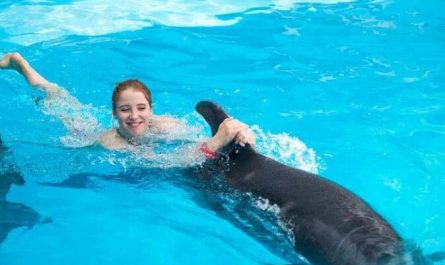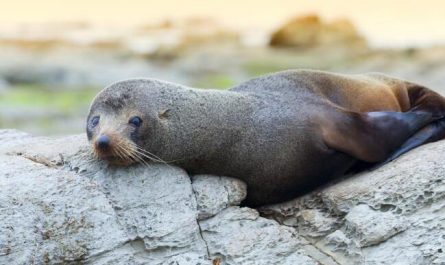The reason why mussels will not be hungry if they are closed for a long time
When we bought a live mussel, we found that as soon as it left the water, the two hard shells were tightly closed together. Even if it is placed in the water, you can only see it open a very small seam, but can’t see it opening to swallow food. The two shells of the mussel are tightly closed and do not eat. Will they not be starved to death? Don’t worry, the mussel will not starve to death. It is always eating small creatures in the water and absorbing oxygen in the water. Children will definitely ask, “Why can’t you see it open its mouth and drink water”.
In fact, the opening of the two shells is not a mussel’s mouth. There are two small holes side by side on the edge of the rear end of the clam shell. Of the two small holes, one is the water inlet and the other is the drainage hole. The water and nutrients in the water flow into the body from the incoming water L. The body digests and absorbs nutrients, and discharges the residue and waste water through the drainage holes. So, how does the water flow into the hole? It turns out that there are many fine cilia growing on the outside of the mussel’s body. They sway rapidly, so that the water continuously flows into the body of the mussel, so that the mussel can catch food without swimming around. . The mussel’s body can store a lot of water and nutrients, so even if it leaves the water for a few weeks, it will not be smothered or starved to death.
The characteristics of mussels
There is a bundle of adductor muscle connected between the two shells to close the shell. With strong, muscular feet, most clams live in shallow waters, buried in the bottom of the sand and protected from waves. The clam sucks water in from the inlet pipe and discharges it from the outlet pipe to breathe and ingest. The size of the clam varies greatly, ranging from 0.1 mm to 1.2 meters. Many clams are edible, including clams, clams, axe clams, round clams, clams, goddess clams and soft-shelled clams.
Basic Features
Mussel is an aquatic animal, it breathes with gills. The gills are large and petal-shaped, with one on the left and one on the left and one on the left, each of which is divided into two lobes, all of which are closely connected by slender gills.
Appearance feature
The shape of the water clam is oval and oval. The shell is thin and fragile. The two shells swell, and the back sometimes has rear wings. The top of the shell is wide and slightly raised, located in the middle or front of the back edge. The surface of the shell is smooth, with concentric growth lines or green radiation from the top of the shell to the ventral edge. The glued part is narrow and has no teeth. The axe has well-developed feet, dioecious, and edible meat. It is also a natural bait for fish and poultry, and feed for livestock and poultry. Some species can be used as freshwater breeding pearls.
The shells of water mussels are very thick. The two shells have teeth on the part where they meet on the back. The nacre of the shell is thicker, called pearl mussels. The other type likes to live in calm ponds. Their shells are very thin. The part where the shell meets on the back has no teeth and is called a pond clam. Their body is very soft and their mobility is very small. However, it has two hard calcareous shells to protect its body. When enemies attack it, the soft body immediately shrinks between the two shells. At the same time, the two shells are tightly closed to form an unbreakable “brass wall and iron wall”.
There are two very developed muscles on the mussel’s body. It uses up to two muscles to connect the soft body and the shell together and use it to close the shell, so it is called the adductor muscle. These two adductor muscles are almost the same size. They are composed of muscle fibers and are cylindrical. One is in the front of the body, called the anterior adductor muscle, and the other is called the posterior adductor muscle. The adductor muscles have a strong elasticity. Due to their expansion and contraction, the shell opens or closes accordingly.






